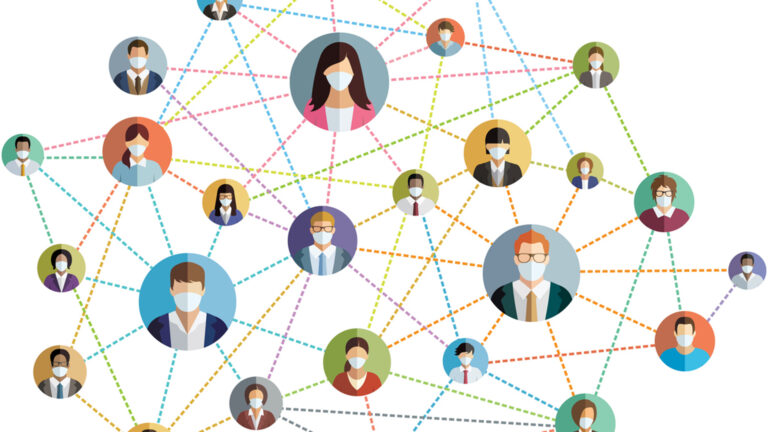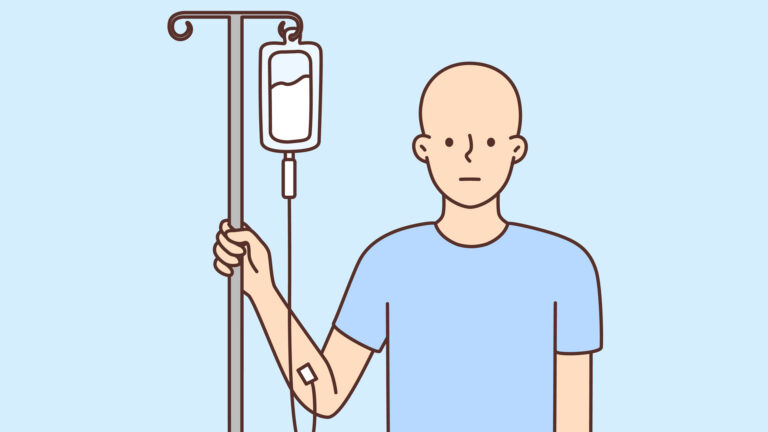Imagine it’s 2045. Across Canada, every community — from Moosonee and Moose Factory to Mississauga — has a health workforce that truly reflects its people. Education and workforce planning are not separate systems but part of one continuous circle: co-designed, co-governed and co-accountable with community. In this future, reconciliation is no longer a policy priority — it is the fabric of how our systems operate.
This vision is not unreachable. It is already taking root on the western James Bay coast.
I lead the Queen’s–Weeneebayko Health Education Program (Q-WHEP), a partnership of Queen’s University, the Weeneebayko Area Health Authority and the Mastercard Foundation. Together we are building what will be Canada’s first Indigenous-led faculty of health-sciences campus in Moosonee, Ont.
Our goal is straightforward but transformative: to recruit, train and retain health professionals in-place, for the communities they serve — across nursing, medicine, midwifery, rehabilitation and paramedicine. This is not simply about filling jobs; it is about reshaping systems so care is delivered by people who understand the land, language and culture of those they serve.
The reality on the ground
In the James Bay and Hudson Bay region, we see the same outcomes with little change: pregnant people evacuated to give birth; higher rates of chronic disease and preventable hospitalizations; a largely transient health workforce. Too often, care is delivered by rotating agency nurses and locum physicians on short contracts, who fly in and out.
The infrastructure to provide care exists — a new hospital campus is under construction — but the workforce to sustain it does not. Patients are frequently evacuated hundreds of kilometres south for basic services that could, and should, be provided closer to home.
Health policies need to stop marginalizing Indigenous midwives
Excising racism from health care requires Indigenous collaboration
Standard workforce-planning models rarely capture this level of granularity. Community-specific data is sparse, fragmented and often excluded from national health-human resources datasets. As a result, provincial and federal models underestimate both the need and the long-term return on investment in northern and Indigenous communities.
Through Q-WHEP, we are closing that loop — aligning educational pathways with actual population-health forecasts.
Bridging two systems
Q-WHEP sits at the intersection of education and workforce planning. Our program is co-designed with the local health authority, Indigenous leadership and community knowledge-holders so that graduates can fill projected vacancies — not just in hospitals, but across community and primary-care systems.
This approach turns data into design. It ensures training supply matches service demand, while education remains grounded in Indigenous pedagogy and local context.
But barriers remain:
- Health and education remain in separate ministries, with different budgets, timelines and metrics. Funding for student seats and funding for practice positions seldom align.
- Philanthropic investment (including a $31-million contribution from the Mastercard Foundation) has enabled early development — but sustainable public-infrastructure funding remains uncertain.
- In many northern and Indigenous communities, there is no comprehensive data on regional providers, turnover or part-time versus full-time practice. Workforce projections are too often built on patchwork sources.
The path forward
These challenges are solvable — if we design governance, data systems and funding structures that work together. To get there, governments, health authorities and educational institutions should work together to do the following:
- Integrate Indigenous community data into national workforce datasets so that planners can identify and reduce service gaps.
- Treat rural and Indigenous training pathways as core workforce strategy, not just equity initiatives. Evidence shows health professionals trained in rural or Indigenous settings are significantly more likely to practise long-term in those settings.
- Align funding across ministries so that seat creation, clinical-placement funding, job creation and wraparound student supports are planned together. That’s how you set communities up for success.
- Leverage interprofessional education — training nurses, physicians, midwives, paramedics and therapists together — to reduce duplication and increase system adaptability.
What we are building on the western James Bay coast is a local solution and a national prototype. It shows Indigenous-led, data-informed, community-driven workforce planning is possible — but only if education systems, health systems and policy frameworks move in tandem.
A vision for 2045
By 2045, I envision a Canada where shared governance tables replace silos; where education institutions, health authorities and Indigenous governments co-design workforce strategies; and where predictive, interoperable data systems — rooted in principles of data sovereignty — anticipate workforce gaps before they become crises.
Training infrastructure will be distributed and embedded in communities, not confined to urban centres. Micro-campuses like Q-WHEP will be standard, not exceptional. Career pathways will be fluid: from early exposure in high school, through college or university, to clinical practice and leadership.
Indigenous and community-based knowledge will matter in credentialing. Every partnership between government, post-secondary institutions and communities will include shared-outcomes mechanisms, transparent reporting and sustained dialogue.
In this future, health systems will breathe — they will be adaptive, community-informed and predictive, not reactive. Communities will be fully staffed with local professionals delivering culturally safe, trusted care. Health-equity indicators — infant mortality, chronic disease, mental-health outcomes — will improve measurably. Indigenous leadership in education and care will be normalized, not exceptional.
We’ll know we’ve arrived when we no longer talk about reconciliation as a goal — because it is simply how our systems work.
Because, in the end, alignment isn’t about numbers — it’s about relationships. Education and workforce planning come full circle when all learners see themselves in the system they serve, and every community sees its reflection in the care it receives.











